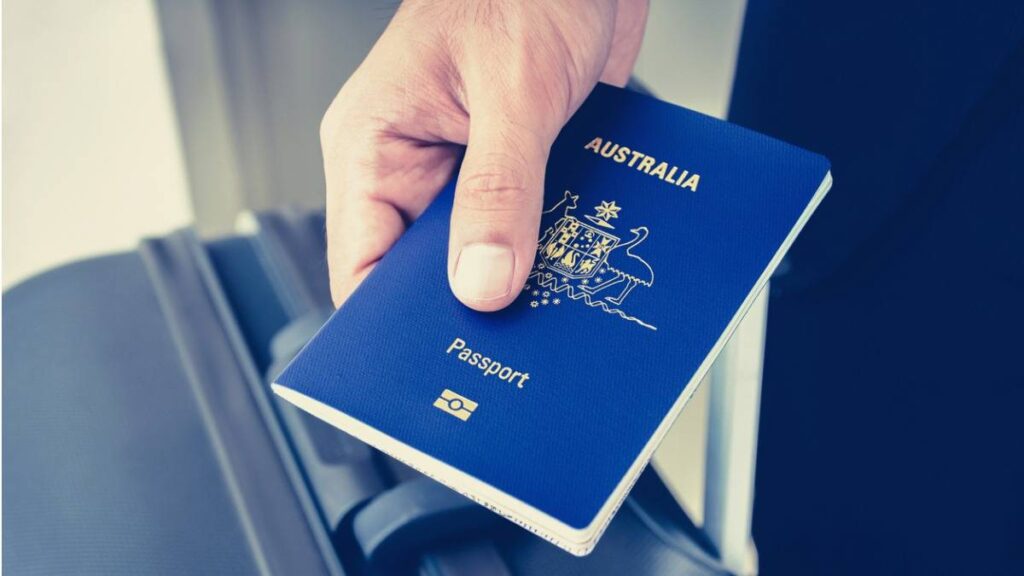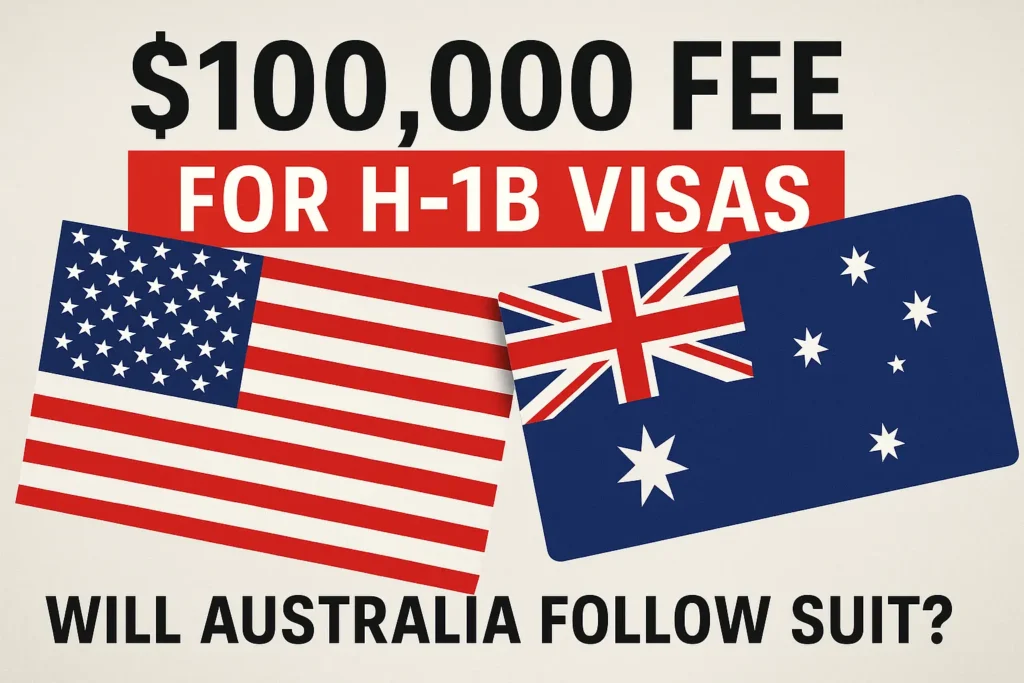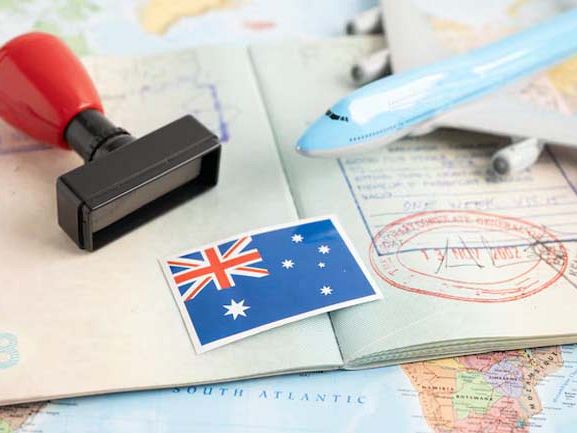From Silicon Valley to Sydney: Trump’s H-1B Visa Shift and Its Effect on Australia

US Visa Changes and Opportunities for Australia’s Tech Sector
The recent increase in fees for the US H-1B visa program, which allows 85,000 skilled workers to work in the US each year, especially in tech roles, could create significant opportunities for Australia. The new fee of around AUD 151,000 aims to limit applications, potentially excluding nearly 100,000 skilled workers from the US market.
In Australia, there is increasing pressure to reform migration pathways due to ongoing skills shortages in the tech sector. As the US makes it harder for skilled workers to enter, Australia may find itself in a position to attract this talent. Experts believe this presents a unique chance for Australia to tap into a pool of highly skilled professionals.
Tech Sector Expansion Plans
Over the past five years, the Australian tech industry has been advocating for improved migration pathways. In August 2022, the federal government set an ambitious target to create 1.2 million tech jobs by 2030, which requires a significant influx of skilled workers.
In December 2024, Australia rolled out a new visa stream focused on in-demand skills, with an updated skilled occupation list that includes over 450 roles across sectors such as cybersecurity, health, and agriculture. Abul Rizvi, a former deputy secretary of the immigration department, suggests that Australian employers can recruit from this talent pool using the right visa categories.
However, the tech sector warns that without necessary policy adjustments—like faster visa processing and clearer pathways to permanent residency—this opportunity might be missed. Emma Seymour, CFO of Deputy, emphasises that addressing these challenges is crucial for positioning Australia as an attractive destination for skilled migrants.
Challenges for Skilled Migrants
Even with potential benefits, there are hurdles for migrants. Yaser Naseri, who mentors migrant and refugee workers, highlights issues with qualifications not recognised in Australia, which complicates job searches. Local experience and understanding of the Australian job market are also significant barriers for many skilled migrants.
Research indicates a worrying disconnect between migrants’ skills and their actual job placements. A report revealed that over 621,000 skilled migrants aren’t working to their full potential, resulting in an estimated annual economic loss of AUD 9 billion.
Despite these challenges, Rizvi remains optimistic that skilled workers entering under current conditions will not face the same obstacles as previous migrant groups. The real task ahead is whether Australia’s tech companies can effectively utilise skilled migration pathways.
As Australia navigates this important phase, international job seekers should remain informed about the available opportunities and migration pathways, particularly in the tech sector.
What do you think?
Have a question about this topic or your own plans to move to Australia or New Zealand? Scroll down and leave a comment. We’d love to hear from you.
Thinking about moving to Australia?
Join our free and supportive community at Oz Visa Forum.
Post in our forums to get advice and support from people who’ve already made the move.
Not sure where to start? Click here to get started







Responses